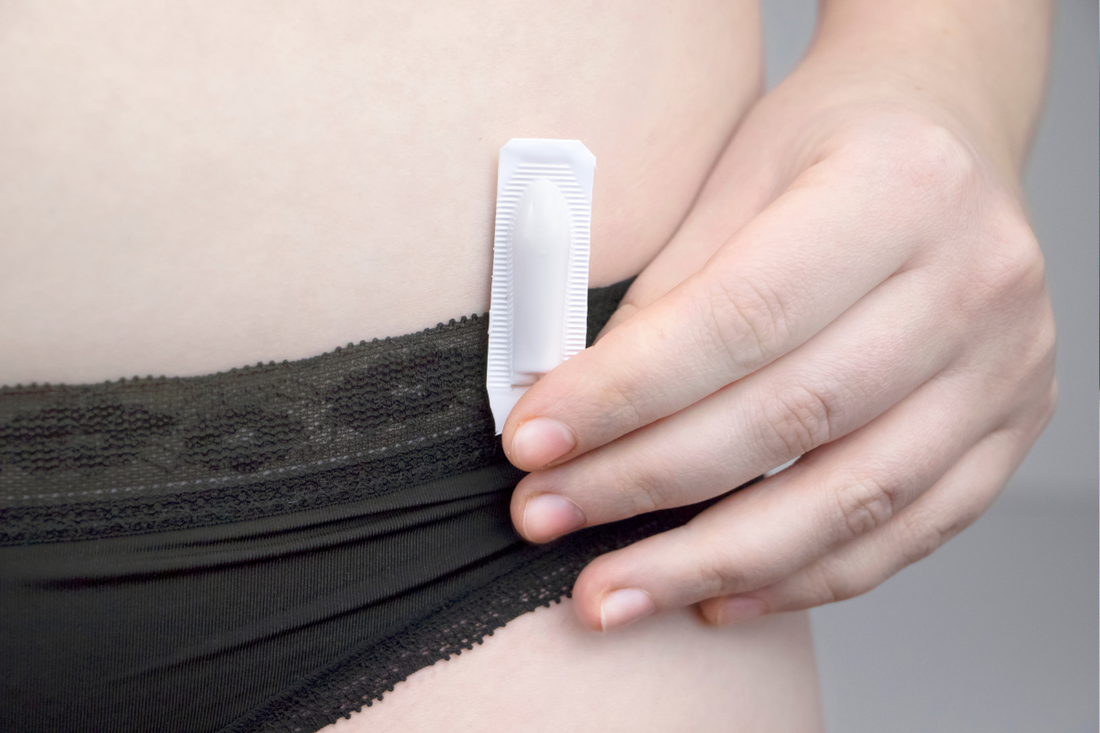
A Comprehensive Guide to Vaginal and Rectal Suppositories
Share
Suppositories are a revolutionary way to get medicine into the body, quickly and effectively. Suppositories are solid preparations of medication designed to be inserted into the rectum or vagina, where they melt or dissolve to exert their therapeutic effects. These dosage forms have been used for decades and offer several benefits, making them a preferable choice for specific medical conditions. In this comprehensive guide, we will delve into the what, why, and how of vaginal and rectal suppositories.
So, What Are Suppositories?
We’re glad you asked. Suppositories are unique medical formulations designed for effective, localized delivery of therapeutic agents. One of the primary advantages of suppositories is the direct delivery of medication to the affected area. This can lead to faster relief and can be especially beneficial in situations where oral administration might be less effective due to reasons such as nausea or potential degradation of the drug in the digestive system. Moreover, suppositories often offer a more comfortable or feasible alternative for those who have difficulty swallowing pills or for whom oral medication is contraindicated.
These bullet-shaped, solid preparations contain specific active ingredients intended for administration either through the vagina or the rectum. While they are solid at room temperature, suppositories are formulated to transform within the body.
The unique design of suppositories is largely due to their composition. The base material of a suppository is specifically chosen for its ability to remain solid at room temperature. This ensures that the product maintains its shape during handling and storage. Common bases include cocoa butter, gelatin, glycerinated gelatin, and various synthetic materials. However, once introduced to the warmer environment of the human body, these bases are designed to melt, dissolve, or disintegrate, releasing the incorporated medicinal agents.
There are two main types:
- Vaginal Suppositories: These are tailored for conditions affecting the female reproductive system. They're often used for contraception, to treat infections like bacterial vaginosis or yeast infections, to moisturize and provide relief from vaginal dryness, and to help with pain management.
- Rectal Suppositories: Often used to treat conditions like constipation or hemorrhoids, these are inserted into the rectum. They can also be used to deliver medications for other conditions, like pain and seizures, especially if oral administration is not viable. They are often used to treat nausea, when the patient would otherwise vomit up the medication.
How to Use Suppositories
We’ll tell it to you straight: self-administering suppositories can be an awkward and unusual experience, especially for the uninitiated. It may even feel invasive and off-putting. The mere thought of inserting medication in such a personal manner can seem daunting. But, rest assured, it is very much like putting in a tampon.
However, just like with any new experience, the key is to find ways to make it less intimidating and more manageable. It's not overly complicated. Here are some steps to consider:
For Vaginal Suppositories:
- Wash Your Hands: Begin by washing your hands thoroughly with soap and water
- Position: Lie on your back with your knees bent, or stand with one foot elevated on a stool.
- Insert the Suppository: Using your index finger, push the suppository into the vagina as far as it will comfortably go. If it comes with an applicator, follow the product's instructions.
- Remain Lying Down: Stay in a reclined position for about 10-15 minutes to ensure the suppository doesn't come out and has time to start melting or dissolving.
- Wash Your Hands
For Rectal Suppositories:
- Wash Your Hands: Cleanliness is crucial, so start by washing your hands with soap and water.
- Position: Lie on your left side with your right knee drawn up towards your chest. If you're right-handed, this position will make it easier for you.
- Insert the Suppository: Using your index finger, gently push the suppository into the rectum, pointed end first, ensuring it goes past the muscular sphincter to prevent it from coming out. Some users prefer to use a disposable latex finger cot or latex glove.
- Stay in Position: Lie still for a few minutes to give the suppository time to start melting or dissolving and prevent it from slipping out.
- Wash Your Hands
There isn't a one-size-fits-all approach. While manufacturers might have general guidelines, it's essential to listen to your own body. For some, lying down on one side feels natural. Others might find bending slightly at the waist to be the easiest method. It's a personal journey of discovery to determine which position feels least intrusive and most comfortable. Don't shy away from experimenting a little; after all, the goal is to find what's most suitable for you.
Conclusion
Suppositories, either vaginal or rectal, provide a versatile and often efficient means of delivering medication. Their targeted approach can offer both local and systemic therapeutic effects, catering to a range of medical needs.
